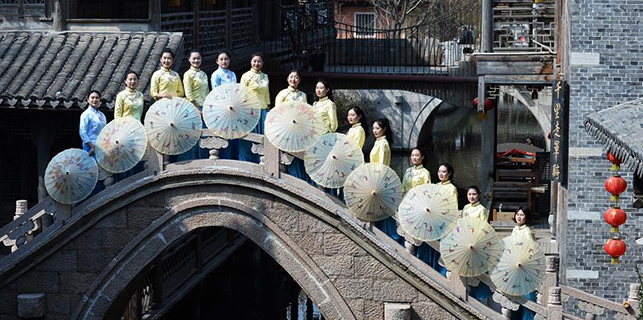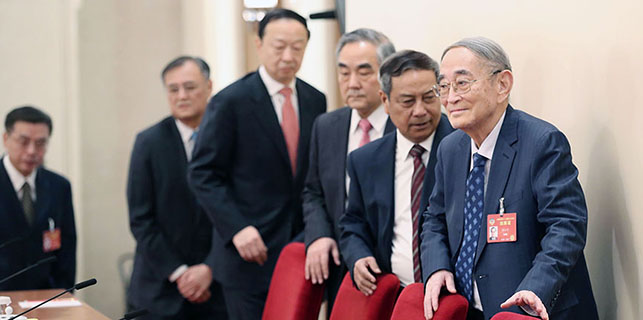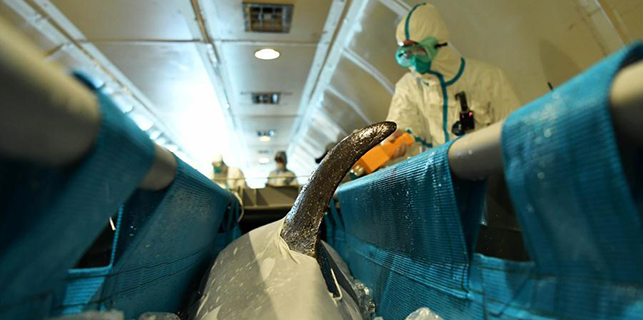Six years after Fukushima nuclear disaster, residents trickle back to deserted towns
OLD FOLKS
More than three-quarters of those aged 29 or less do not intend to return, which means old people could form the bulk of the town's population in a future largely devoid of children.
"Young people will not go back," said Yasuo Fujita, a former Namie resident who runs a restaurant in Tokyo, the capital. "There will neither be jobs nor education for children."
Fujita said he did not want to live near a possible storage site for contaminated soil, now being systematically removed.
Radiation levels at Namie town hall stood at 0.07 microsieverts per hour on Feb. 28, little different from the rest of Japan.
But in the nearby town of Tomioka, a dosimeter read 1.48 microsieverts an hour, nearly 30 times higher than in downtown Tokyo, underscoring lingering radiation hotspots.
For the towns' evacuation orders to be lifted, radiation must fall below 20 millisieverts per year. They must also have functioning utilities and telecoms systems, besides basic health, elderly care and postal services.
















